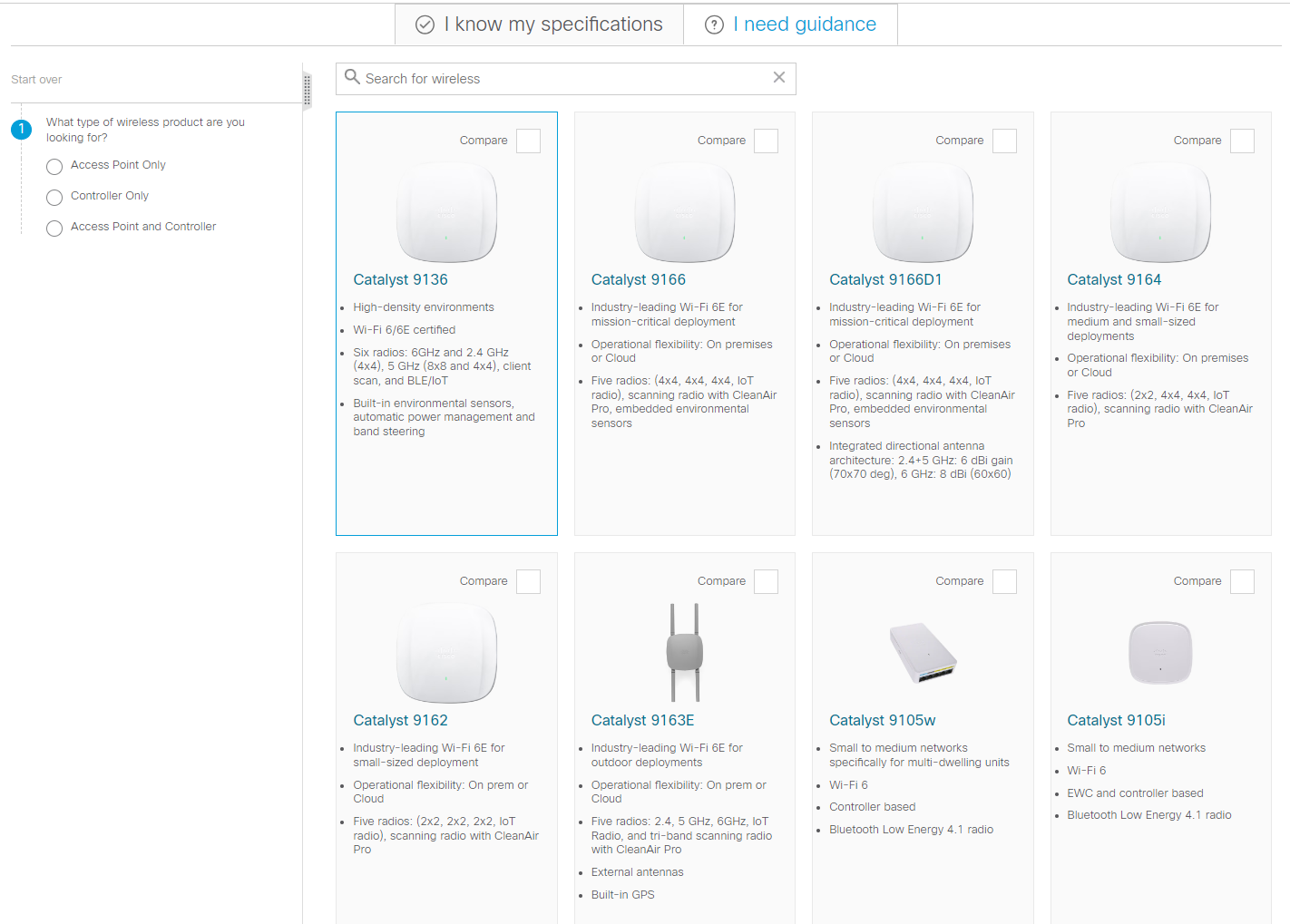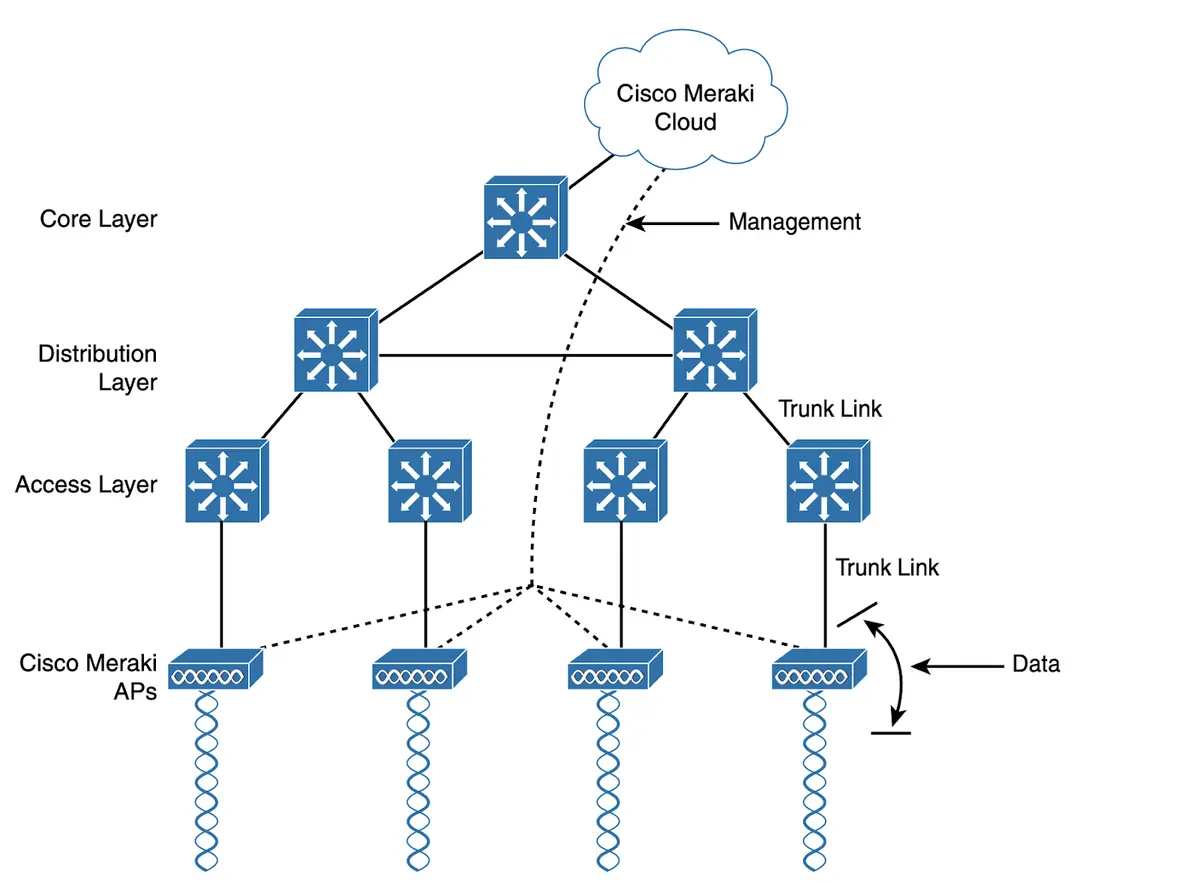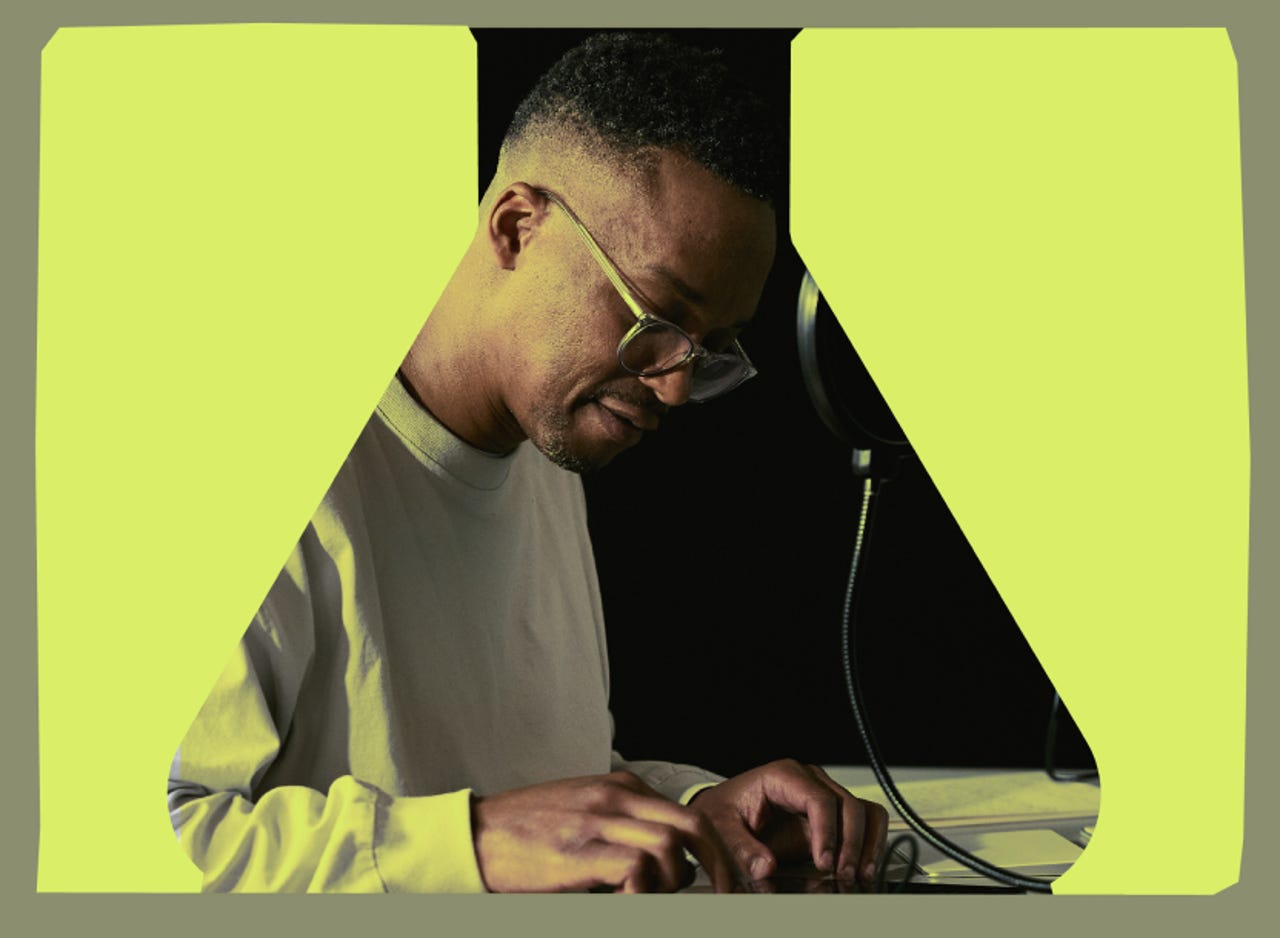
































When you think of Google's AI developments, you may only think of Google Bard. However, the company has many other generative AI experiments under wraps that can accomplish different purposes, such as optimizing your workflow, helping you generate music, optimizing your search experience, and more. Although these projects haven't been officially released yet, you can try them out via Google Labs.
Also: Google's AI image generator finally rolls out to the public - how to try it
Google Labs is Google's platform where users can test out the company's early ideas for features and products, as well as provide feedback that affects whether the experiments are deployed and what changes are made before they are released. Currently available on Google Labs are some of the company's latest projects, meaning you are able to start tinkering with Google's latest technology today.
Not convinced? Keep reading to learn about some of the reasons you should join Google Labs and how to access them.
People have been patiently waiting for Google to launch an image-generating model, and after two years of waiting, the company finally released ImageFX. The image generator is supported by Imagen 2, Google's most advanced text-to-image model, developed by Google DeepMind, that can render challenging tasks such as human faces and hands realistically.
Also: I'm taking AI image courses for free on Udemy with this little trick - and you can too
You can use ImageFX the same way you would use any other text-to-image generator, typing in a conversational prompt for what you'd like rendered. However, Google's AI image generator has a fun twist: A prompt interface that includes "expressive chips" that you can use to experiment with "adjacent dimensions of your creation and ideas," according to Google.
I explored the generator and was surprised by how impressed I was with the results. Even though this generator is still considered an experiment, it renders results that are just as high-quality as some more established models I have tried. You can see some results of my experimenting in the image above.
Search Generative Experience (SGE) infuses AI into Google's regular search engine, adding extra bells and whistles to the traditional results page to help you find what you want faster. When you search for something, at the very top of your results page will be a new generative AI section, which offers a summary of the information Google thinks you need to satisfy your query.
Also: How to supercharge your Google searches with generative AI in Chrome
For example, if you ask Google a question, that section will show a conversational response, with links to sources of where it pulled its information from. If you look up a product, it will pull products for you with catered descriptions and recommendations. There are also more features you can test out in SGE, allowing you to have an in-depth preview of the future of search.
Last summer, Google launched NotebookLM, its "AI-first Notebook," which works with the content you input into your notebook to offer tasks such as summarizing the content of the document, brainstorming, explaining, and providing you with key topics and questions you can ask to understand the material better.
Also: How to use Google's AI-powered NotebookLM to organize your research
The sources you can insert include a Google Doc, PDF, or copied text, and then you can ask questions about the content or have it auto-generate content from your inputs on its own. This can be especially helpful if you are a student and input all of your class notes and materials into this one place, which could not only help you stay organized but also add AI assistance to your notes.
To test it out, I inserted a PDF of my own article, and then, within seconds, I was provided an accurate AI-generated summary. You can see my results in the image above.
To generate music, you no longer have to have a good understanding of the topic. Rather, you can use AI with MusicFX. Although this is definitely more of a fun experimental tool than one that will increase productivity, it is fun to play around with.
Also: How AI helped get my music on all the major streaming services
All you need to do is type in a prompt of what you'd like to hear and then, within seconds, your track will be available for your listening pleasure. You can even download or share your masterpiece.
If you are a developer working on personal AI projects, you can share them with Google for a chance to be featured in Google's experiment gallery.
According to Google, the company is looking for "projects that push the boundaries of what code can do. Projects with unique visual aesthetics. Projects that help inspire other coders." The page includes different criteria that it is specifically looking for, as well as the form to submit the experiment details.
If you're interested in trying any of these experiments or future ones, you can sign up for Google Labs access today, and doing so is easy. All you have to do is visit the Google Labs homepage and then click on the experiment you want to try. Depending on the experiment, the sign-up process may vary, but generally, it will prompt you to sign in to your personal Google account or create one if you don't have one. Remember to use your personal account because many features, including SGE, are blocked for workplace accounts.
Also: Google's AI video generator tech is pretty amazing. See for yourself
Other experiments, such as Help Me Script and Magic Compose, have specific instructions that you need to follow to be an early user, and in those cases, follow the necessary steps to get you signed up. If the experiment you signed up for has a waitlist, keep a close eye on your email, which is where you will be notified when you make it off the list.
 Горячие метки:
Искусственный интеллект
3. Инновации
Горячие метки:
Искусственный интеллект
3. Инновации